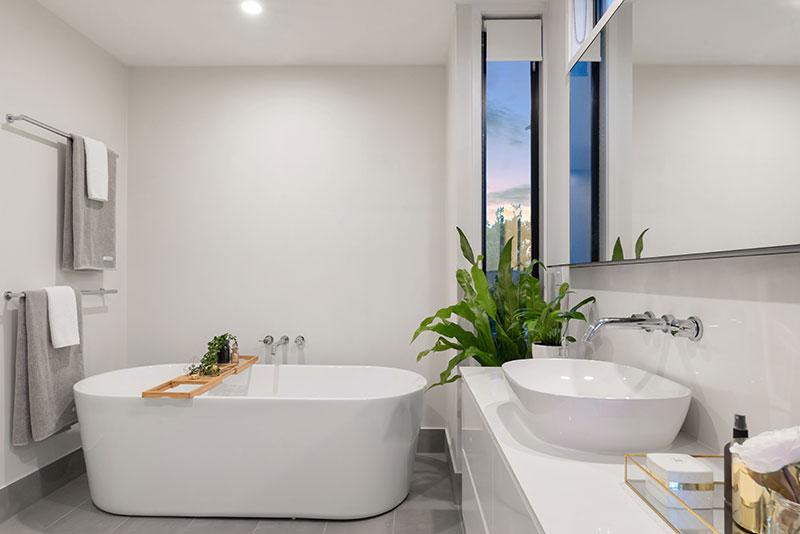Advertisement
With regard to the current energy crisis, it makes sense to think about sustainability, particularly with bathrooms. There’s an ethical case for this since it’s worth limiting the harm caused to the environment by consumers. Thinking sustainably also helps to save money, by reducing the amount of energy used and by using a variety of cheaper building materials.
The bathroom is a part of the house that gets through a lot of energy, thanks to the water that needs to be heated (and pumped in the first place). If renovating bathrooms or building new ones entirely is common practice for you, then you might want to adjust your plans so that sustainability comes built-in. This can also be appealing to homeowners who may specifically look for services like this.
Let’s take a look at a few of the key materials you might bring into your bathrooms.
Tiling
Just about every bathroom comes with its share of tiles. You might find these on the floor and the walls around the bath or shower area. Different tiles impose different costs on the environment. Fortunately, ceramic tiles tend to be an excellent choice, as they’re hardwearing and low-maintenance, and don’t involve as much waste as solid rock products. Glass tiles tend to require even less energy to manufacture – so, if your clients like the way that they look, you might consider them an obvious choice.
Your choice of tile grout, sealant and adhesive also matter. Tiles should be affixed to the bathroom fixtures using a high-quality sealant so that you don’t leave any gaps for water to penetrate the underlying structure of the wall. If you have to carry out repair work, then you’ll be expending energy and creating unnecessary waste.
Eco-friendly features
All of the little items that make bathrooms function should, where possible, be made from sustainable materials like strawboard and bamboo. This goes for cabinets, toilet roll holders, and shower curtains. You might also prefer to use bathroom paints that are low in volatile organic compounds, too.
Heated floors
If your project has the budget, and the structure of the floor is suitable, then you might look to install underfloor heating. This will allow the warmth to fill the room evenly since heat rises. This means less waste, and that luxurious feeling of warmth underfoot when you climb out of the shower.
Smart plumbing
Through judicious use of technology, you can precisely control the amount of hot water that is used. Low-flow showerheads, motion-sensing taps, and low-flow toilets can all be helpful, as can larger investments like solar-powered water heaters.

